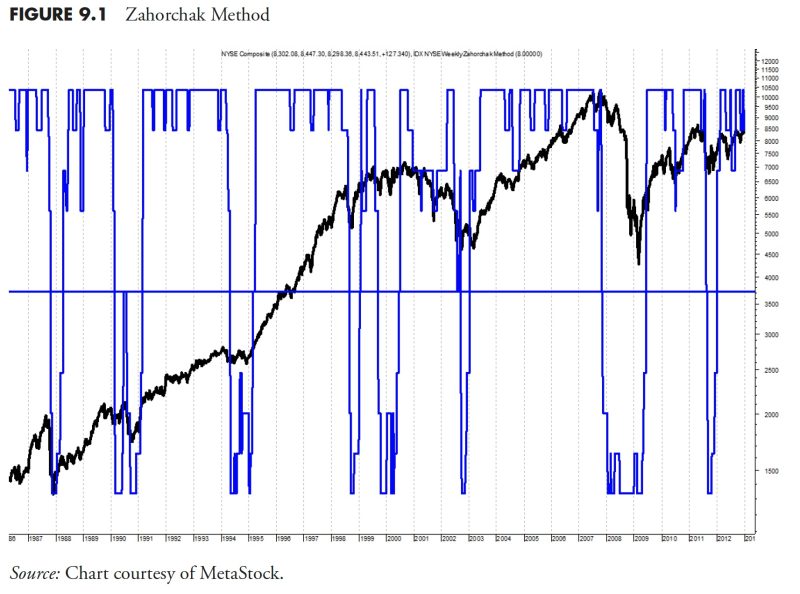Market Research and Analysis: Understanding Technical Analysis
Understanding technical analysis is essential for investors looking to navigate the complexities of the financial markets. In this article, we will delve into the intricacies of technical analysis and its importance in making informed trading decisions.
1. History and Evolution of Technical Analysis
Technical analysis has been a core component of trading practices for centuries, dating back to the Japanese rice traders in the 18th century. Over time, this methodology has evolved to incorporate modern tools and techniques, allowing investors to analyze price movements and identify potential trends.
2. Key Principles of Technical Analysis
Technical analysis is based on several key principles, including the notion that market prices reflect all available information. By analyzing historical price data, investors can identify patterns and trends that may help predict future price movements. Additionally, technical analysis relies on the idea that market trends tend to persist, allowing investors to capitalize on these trends through strategic trading decisions.
3. Tools and Indicators Used in Technical Analysis
There is a wide range of tools and indicators used in technical analysis, each serving a specific purpose in analyzing price movements. Common tools include moving averages, trend lines, support and resistance levels, and various oscillators like the Relative Strength Index (RSI) and Moving Average Convergence Divergence (MACD). These tools help investors identify potential entry and exit points in the market.
4. Application of Technical Analysis in Trading
Technical analysis plays a crucial role in guiding trading decisions across various financial markets, including stocks, forex, commodities, and cryptocurrencies. By analyzing price charts and applying technical indicators, investors can make informed decisions on when to enter or exit a trade, set stop-loss orders, and manage risk effectively.
5. Limitations and Criticisms of Technical Analysis
While technical analysis offers valuable insights into market trends and price movements, it is not without its limitations and criticisms. Critics argue that technical analysis is subjective, relies heavily on past data, and may not always accurately predict future price movements. Additionally, external factors such as geopolitical events or economic data can influence market movements, making it challenging to rely solely on technical analysis.
In conclusion, understanding technical analysis is crucial for investors looking to navigate the complexities of the financial markets. By incorporating technical analysis tools and principles into their trading strategies, investors can enhance their decision-making processes and potentially improve their overall trading performance.


























